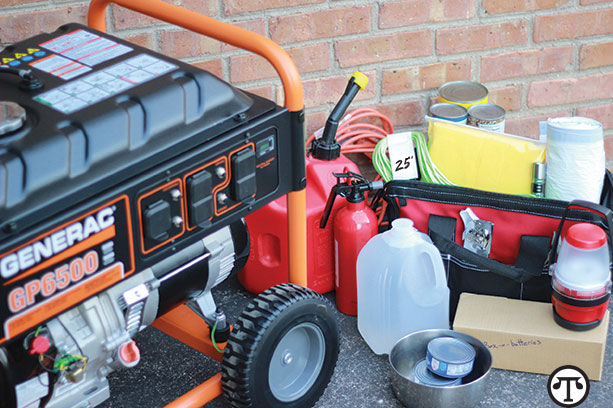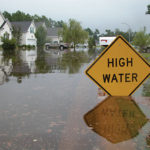
(NAPSI)—The 2016 hurricane season ended a decadelong landfall drought in Florida. Hurricane Hermine struck Florida’s north coast in early September, and then Hurricane Matthew tore north along the Atlantic coast in early October. The intensity of that late-season storm left more than 1 million Florida homes and businesses in the dark while 485,000 were without power in South Carolina; 300,000 in Georgia; and more than 127,000 in North Carolina.
The climatological hurricane season is long, running between June 1 and November 30, but it’s become increasingly important for vulnerable home and business owners—from the Gulf Coast to New England—to take the necessary steps ahead of the storm warnings and the inevitable rush for emergency supplies.
“It’s better to be ready for a nonevent than it is to be caught off guard by a strong storm,” said Russ Minick, chief marketing officer at Generac Power Systems. “We believe we can offer manageable ways to guide homeowners and businesses through the storm season, but staying safe starts with preparedness.”
For this hurricane season, Generac Power Systems is advocating that home and business owners take a simple but proactive course of action. Regardless of what the early forecasts or predictions may say, it’s paramount that preparations start earlier than the issued hurricane warnings.
When it comes to emergency power needs, Generac advises that a portable generator be exercised every month, that maintenance be scheduled if needed and that portable generator shoppers use a sizing calculator to gauge their needs. Additionally, homeowners who seek a greater peace of mind from an automatic home standby generator should take the opportunity to schedule an in-home assessment, as automatic home standby units take time to get installed.
Generators keep critical appliances running. Lights stay on, devices stay charged and weather updates are available on television, radio or online. As with most tropical storms, coastal residents should anticipate a disruption in the electric utility. Depending on the storm’s intensity, damage to the electrical infrastructure can be extensive. Downed power lines, flooding, fallen structures, debris and other obstacles will affect the speed of power restoration, so it’s important to prepare for an outage duration that may become uncomfortable.
An emergency hurricane kit for the family and any pets should be easily accessible within the home. In addition to food and bottled water, a kit like this should include a flashlight, first aid kit, battery-powered radio, a whistle to signal for help, and an assortment of hand tools. If someone in the home is dependent on electricity for life-sustaining medical equipment, review the family plan to access backup power or make arrangements to relocate when storm warnings are issued.
Outages and the need for fuel go hand in hand. During a power outage, you still might need to be out and about—maybe even evacuate the area—so ensuring that your car is fueled is important. In a worst-case scenario, your car can serve as a source of light, heat and electricity. A portable generator is far better suited to provide backup power, though, so make sure it has clean fuel, as well. And make sure any fuel you store is kept in approved containers. A detailed list of power outage safety tips for homeowners and businesses can be found at www.Generac.com/hurricane-prep.
On the Net:North American Precis Syndicate, Inc.(NAPSI)






